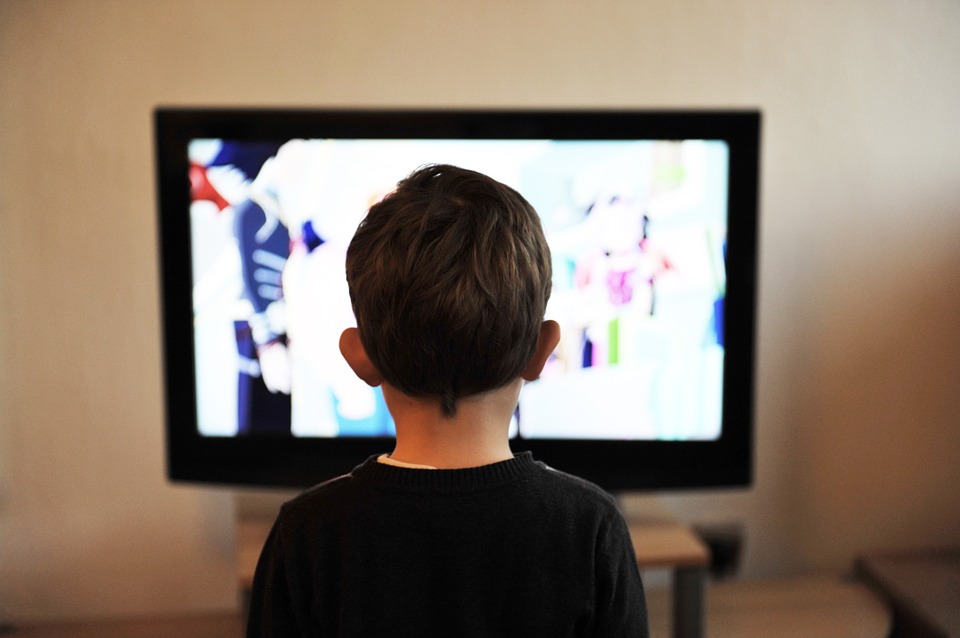The History of the Television
The first television sets graced American homes in 1938 and instantly became one of the greatest inventions of the 1930s and possibly of all-time. So great, in fact, that by the end of the 1950s, there were over 3 million television sets in American homes. This meant that the spread of information that was initialized by the printing press, and then made even more efficient by the radio, had been blown out of the water by the invention of the television set. In the age of social media and the Internet, the television demands to be taken just as seriously as it was when it was first created. As of the year 2015, 96% of American households own one or more televisions and are credited as the most consumed form of media in the United States before the internet.
The way television was broadcasted also allowed for it to reach a wider audience, as it was harder to get radio in rural areas before. This means that with the television, the global village continued to get smaller, while increasing the number of people in it. With the television comes the completion of the "human sensorium," as McLuhan states. The television takes the moving eye of the newspaper reader and the omnipresent ear of the radio listener and combines them to complete the ultimate sensory experience.
During the golden age of television, which took place between the late 1940s and early 1960s, some of the most influential and popular television shows were created. Families would get together and watch shows like I Love Lucy, Gunsmoke, Leave It to Beaver, and The Twilight Zone, all without leaving the comfort of their own home.
Social Impact of the Television
Besides entertainment, television was most known for its prominant role in the spread of political information and national news. It is stated that the televised debates between Richard Nixon and John F Kennedy in 1960 were one of the main reason’s Kennedy won the election. By 1960, television was not only very powerful and influential, but it was also extremely affordable.
It was during the 1960s that television drastically changed from wholesome middle-class entertainment to the broadcasting of real-world issues and events. Television greatly helped the civil rights movement because while there were over 250,000 people in the crowd for Martin Luther King Jr's famous "I Have a Dream" speech, it was televised live to a crowd of millions at home. Television also allowed the broadcasting of the rise and fall of John F Kennedy, because while it helped him win the election in 1960, it also broadcasted his assasination in 1963. Television also shaped the way Americans percieved the Vietnam war because while the government continuously talked about the positives of the war, the broadcasts were the opposite.
The Current State of Television
Fast forward to the 21st century and television is still just as popular if not more popular than it was during the golden age of television in the 1950s. Today, however, television is looked at with both positive and negative connotations including just how much television is watched. The average American currently watches around four hours of television per day. This means that if the average American continues to watch four hours of television per day, by age 65 they will have watched a total of 9 years of television.
Another percieved negative is just how much content a child has access too, as McLuhan states "today's television child is attuned to up-to-the-minute 'adult' news - inflation, rioting, war, taxes, crime, and bathing beauties." This negative perception spawns from those who partake in "television parenting," who set their child infront of the television set in an attempt to keep them busy throughout the day.



